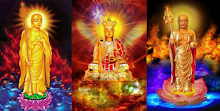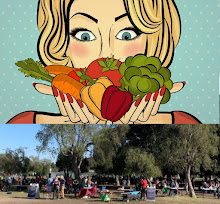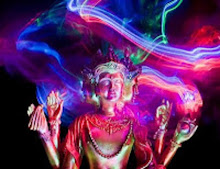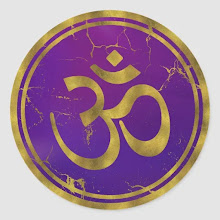 |
| What did cowboys and hippies see in fungi? |
(MSN/Footprints of The Frontier) Hidden beneath the legend of the Wild West lies a story few historians dare to tell -- the forgotten connection between cowboys and magic mushrooms.
 |
| What's that on those cowpies, Casey? - Shrooms! |
As European
settlers invaders, loggers, and ranchers spread westward, psilocybin mushrooms* flourished in their wake, sprouting in wood chips, cattle pastures [on dung], and mining camps across the frontier. While whisky fueled the saloons, some frontiersmen and Indigenous healers quietly turned to the “flesh of the
gods” for vision, healing, and escape. These fungi spread along the same trails as the pioneers, forming a psychedelic undercurrent to the age of expansion. It’s a chapter of the American frontier buried by religion, shame, and time — until now.
"Magic" mushrooms?
The most potent species are members of genus Psilocybe, such as P. azurescens, P. semilanceata, and P. cyanescens, but psilocybin has also been isolated from approximately a dozen other genera, including Panaeolus (including Copelandia), Inocybe, Pluteus, Gymnopilus, and Pholiotina [2].
Among other cultural applications, magic mushrooms are used as spiritual medicine (early psychology) and foolishly as recreational drugs [2].
Shrooms were used ritualistically in pre-Columbian [before Columbus] Mexico, but claims of their widespread ancient use are largely exaggerated and shaped by modern idealization and ideology [3].
Natural occurrence
Natural occurrence. Non-psilocybe species of psilocybin mushroom include
Pluteus salicinus,
Gymnopilus luteoviridis, and
Panaeolus cinctulus, formerly called
Panaeolus subbalteatus. In a 2000 review on the worldwide distribution of psilocybin mushrooms...
More























































































































































































































































































